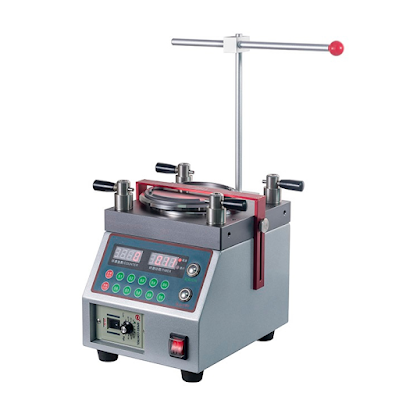Sunmafiber offers a wide variety
of Fiber Polishing Film sizes and types to fulfill the performance and
polishing needs of all fiber optic connector end faces. These polishing films,
which feature microscopic abrasive particles placed onto polyester material,
are designed for cable assembly houses, field-installable connectors, and tool
kits. They provide the high-precision grinding and finishing processes required
to manufacture high-quality optical interfaces.
Polishing Film Types
There are several types of fibre
optic polishing films on the market, each with unique properties and
applications. Silicon carbide (SiC) film is a strong and long-lasting choice
for removing significant amounts of epoxy and glass, as well as for
pre-polishing procedures.
Aluminium oxide (Al2O3) film is
softer and finer, resulting in smooth and uniform polishing of single and
multimode fibres, making it perfect for final polishing steps. Diamond film is
a high-end and expensive option for achieving the lowest surface roughness and
greatest reflectivity on fibre end faces. It has a long lifespan and is
commonly used to polish high-precision connectors such as angled physical
contact (APC) connectors. The Fiber Curing Oven is also equally
important.
Polishing Film Maintenance
To ensure the best performance
and longevity of your fibre optic polishing film, do some basic maintenance,
such as cleaning it on a regular basis with a soft brush, lint-free cloth, or
compressed air. You can also use isopropyl alcohol to get rid of persistent
epoxy residue. It's also crucial to keep the film clean, dry, and cold, away
from direct sunshine, heat, and moisture. When the film begins to show
indications of wear, tear, or deterioration, such as loss of abrasiveness or
smoothness, change in colour or appearance, creation of cracks, holes, or
bubbles, or increase in insertion loss or back reflection, it should be
replaced. Inspect the film before and after each use, and destroy it if it is
no longer functional, to ensure the integrity and dependability of your fiber optic connectors.
Polishing Film Selection
When choosing the best Fiber Polishing Film for your connectors, consider the connector type and specification, such as single-mode or multimode, flat or angled, standard or high-precision. Then, choose the suitable polishing film type based on the connector type and specifications, such as SiC, Al2O3, or diamond. Next, select the appropriate polishing film grade based on the polishing stage and desired surface finish.



















